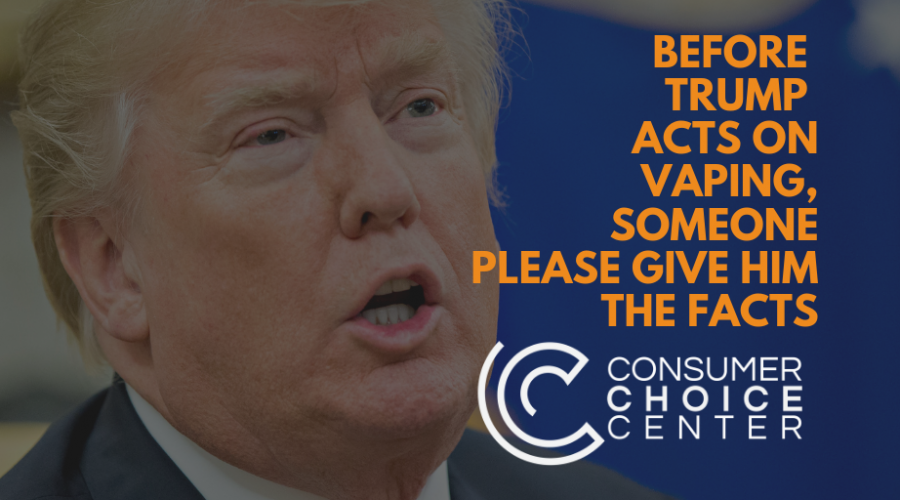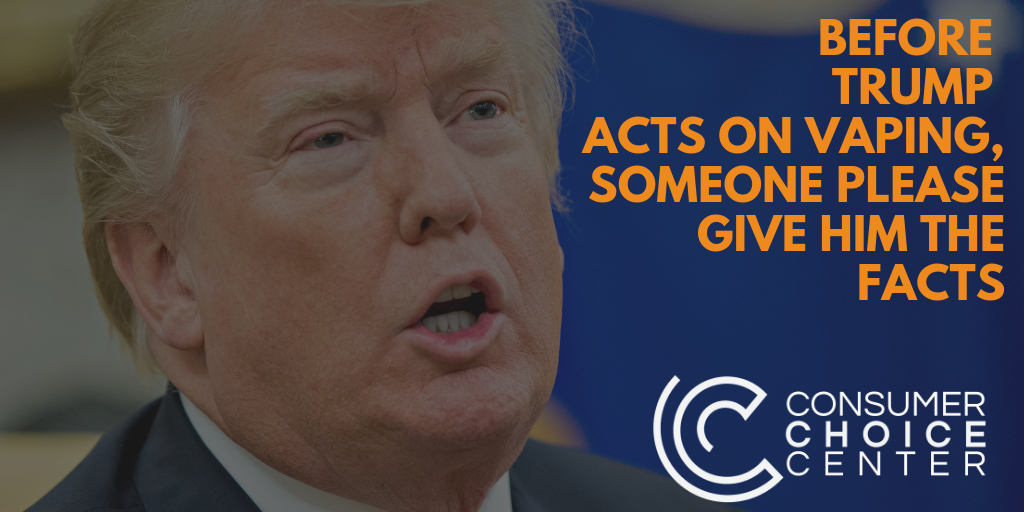Consumer Choice Centre warns against hasty vaping ban
A group that advocates on behalf of consumers in Canada and the U.S. is warning legislators not to be too hasty banning vaping.
The Consumer Choice Center is responding to the growing list of illnesses, including a case in London where a teen suffered a severe respiratory disease that health officials believe is associated with vaping.
The unnamed teen has recovered, but CEO and Medical Officer of Health at the Middlesex London Health Unit Dr. Christopher Mackie said the youth had “no other health issues, whatsoever.”
In the U.S., 380 illnesses, including seven deaths, have been recorded. The Consumer Choice Center is warning politicians not to act hastily.
“The cause of the person’s illness should definitely be investigated. However, it would be misguided for legislators to over-react and fail to embrace harm reduction in public policy decisions,” said David Clement, the North American affairs manager.
On Wednesday, Ontario Health Minister Christine Elliott announced she had instructed hospitals to share information on possible vaping illnesses with the province’s Chief Medical Officer of Health.
“In light of growing evidence, I have become increasingly concerned about the prevalence and possible health consequences of vaping, particularly as they affect our youth,” said Elliott.
She did not say if the province will move, as other jurisdictions have, to ban flavoured vaping products citing a lack of sufficient data.
“Our worry is that Canadian regulators will overzealously respond to this case by proposing heavy-handed regulations like has been done in the United States,” continued Clement in a release. “Heavy-handed bans and restrictions will discourage smokers from leaving cigarettes behind, which is the opposite of what public health officials are trying to accomplish.”
The CCC also released a list of what it calls myths about vaping. It said vaping is not more harmful than smoking, citing statistics from groups like Public Health England who say it is 95 percent less damaging compared to smoking. It also said restricting vaping flavours will not curb use by minors.
This article was originally published on BlackburnNews.
The Consumer Choice Center is the consumer advocacy group supporting lifestyle freedom, innovation, privacy, science, and consumer choice. The main policy areas we focus on are digital, mobility, lifestyle & consumer goods, and health & science.
The CCC represents consumers in over 100 countries across the globe. We closely monitor regulatory trends in Ottawa, Washington, Brussels, Geneva and other hotspots of regulation and inform and activate consumers to fight for #ConsumerChoice. Learn more at consumerchoicecenter.org.












